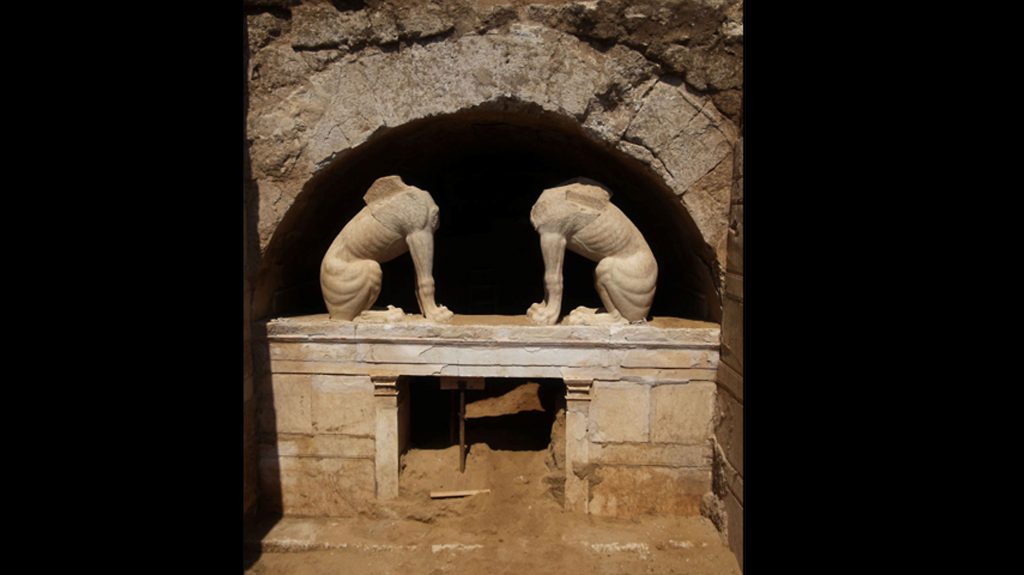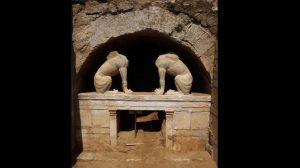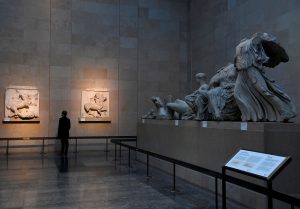Archaeologists from the British Museum believe that a 4,000-year-old prehistoric temple located in Iraq may have been used to worship Alexander the Great as a divine figure.
Scientists had been baffled by the presence of ancient Greek inscriptions at the ancient Sumerian temple of Girsu, in the modern-day town of Tello, located 258km south-west of Baghdad as the site had been built over two millennia before the historic era.
After the discovery of a silver coin at the location, believed to have been minted around 330 BC by Alexander’s troops, now scientists believe that the Greek conqueror may have stopped at the temple after defeating the Persians, shortly before he fell ill and died.
The Sumerian city of Girsu was one of the most important in the region and is among the oldest known inhabited centers in the world, described by the “Girsu Project” of the British Museum as “a megacity covering hundreds of hectares at its peak”.
Since the 19th-century excavations began, indications pointed towards a potential Greek construction on the site, supported solely by a cryptic tablet.
The tablet, featuring inscriptions in Greek and Aramaic, conveyed the message ‘Adad-nadin-aḫḫe,’ meaning ‘giver of the two brothers.’ What perplexed researchers was that the temple had been abandoned in 1750 BC, more than a thousand years ahead of Alexander the Great’s birth.
British Museum archaeologist Dr Sebastien Rey now posits that the Greeks likely established their own temple on this ancient site, possibly as a proclamation of Alexander’s divinity.






